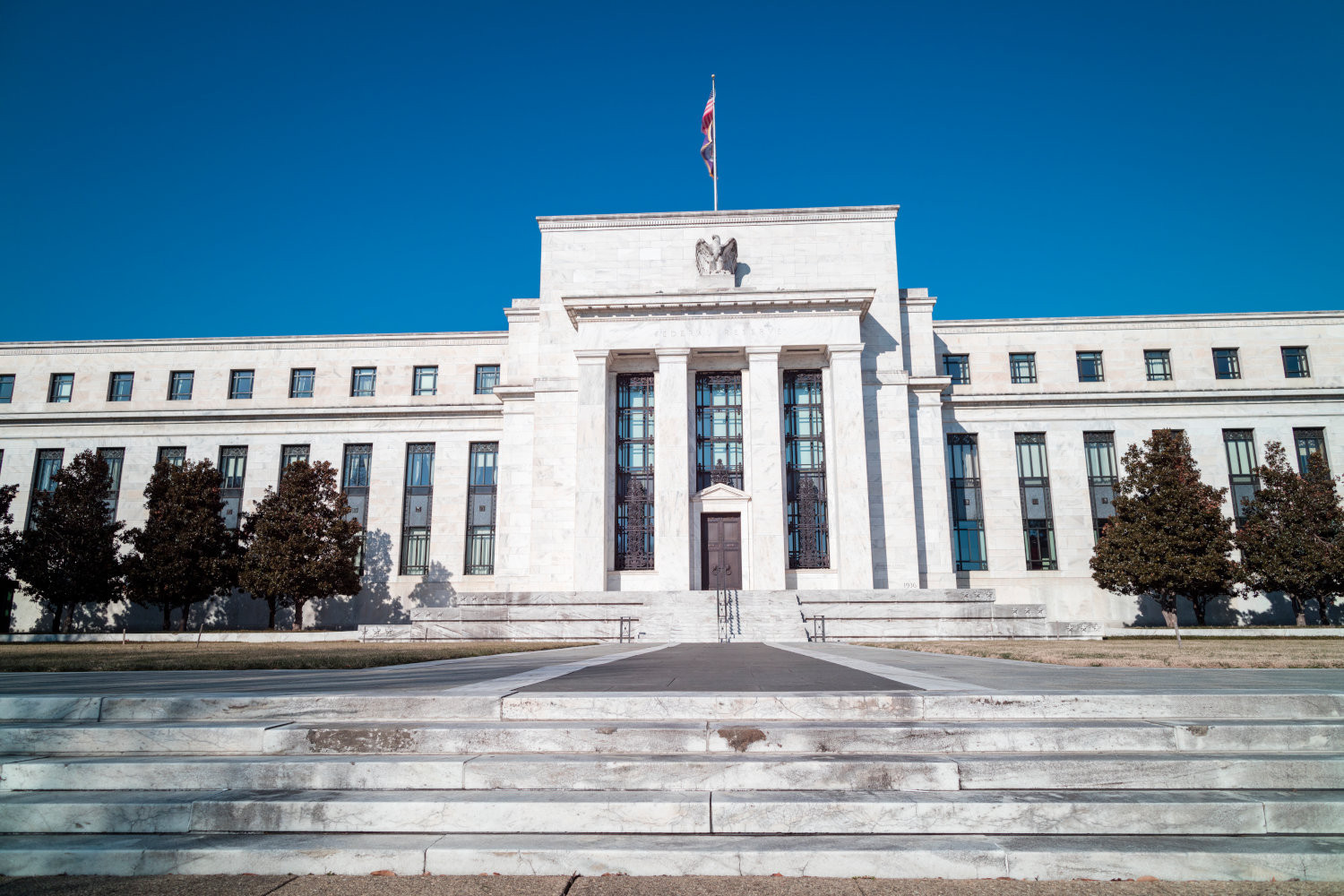Snapshot
Shapshot: Interest rates are a sign that the world is changing.
The Fed's interest rate cut is a sign that change is on the agenda, and that will only increase the importance of leadership comms, argues Jordan Greenaway.

[NEW INSIGHT] Personal branding for CEOs vs personal branding: what’s the real difference
It would be wrong to say the Fed's interest rate cut was a big shock. A light surprise maybe. But it was certainly a reminder that we're entering a different world.
Every few years you see columns about the 'new normal' — how the world is going through transformative shifts.
If you picked up a newspaper 10 years ago, you would have read about the growth of populism, stagnation in the West, and the continuing resurgence of China.
Given these articles come around every 5 years or so, I'm cautious about being sucked into present bias, where you give more importance to events that are taking place today. And, maybe, in the great sweep of history, the events taking place now might pale into insignificance.
But it's hard to shake off the feeling that the world is changing. The Fed's interest rate decision is only the latest example.
The Fed cut interest rates by 0.5 basis points, higher than the 0.25 rate that some (although not all) commentators expected.
This is the first cut in 4 years, and more importantly, signals the start of a broader downward trajectory.
The decision feels like the opening shot in a broader, wider shift as we start to enter a new economic phase.
But this change is not taking place in isolation. Similar transformations are taking place across different axes simultaneously.
In international relations, the world feels more polarised than ever before, with war on multiple continents.
In tech, AI appears to be upending the traditional dominance of the FAANG stocks — at least in the short-term. For example, a number of start-up have been driving innovation around digital twins recently.
In domestic politics, we have already seen radical changes in the make-up of legislatures in the UK, France, and Germany in the last 6 months. Eyes will turn to the US in November.
Taken together, it feels like we're at the start of a broader multi-dimensional transition.
It is unclear (to me at least) where the transition will take us and how long it will take, but it seems clear that change is on the agenda, and that change is likely to be deeper and broader than the average year-to-year trends.
How to manage that change is something that individual leadership teams will need to discuss across their businesses.
But, one thing is clear, this will raise the stakes for executive communications.
In periods of change, audiences, whether that's team members, investors, customers, or even the public-at-large, instinctively look to leadership teams (and other types of leaders) for clear, confident visions on how the company (or, indeed, the country) is going to navigate these changes, and what it means for them individually.
If that clear vision does not exist, it is very easy for those audiences to lose confidence in the business very quickly.